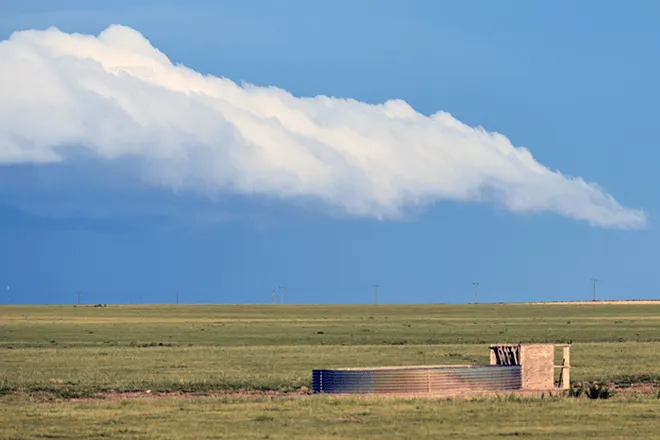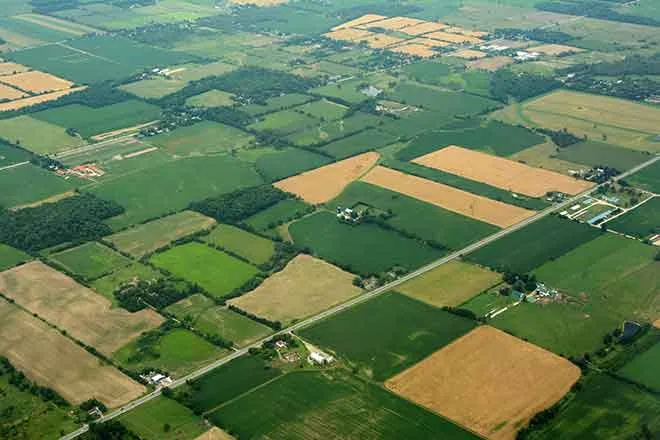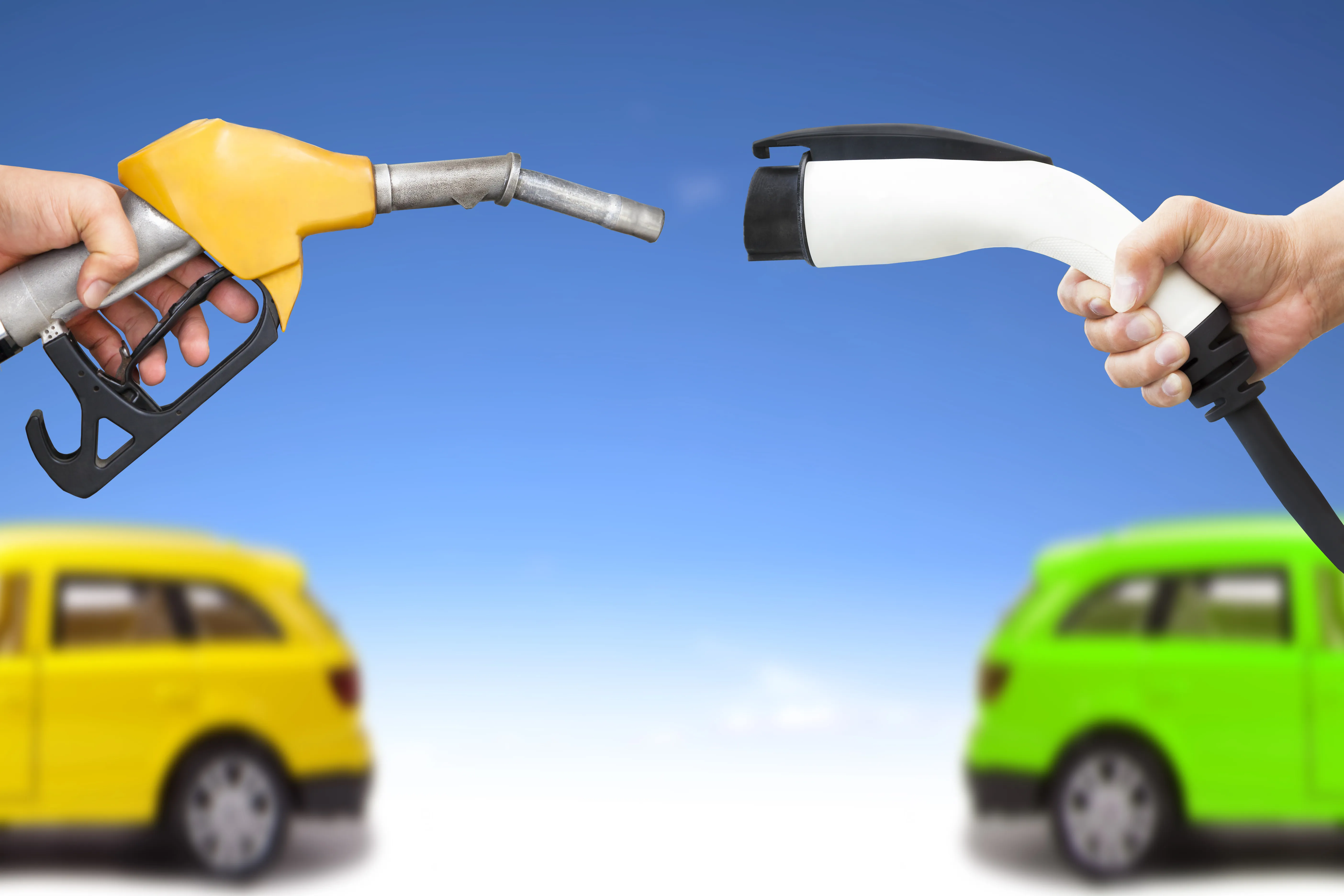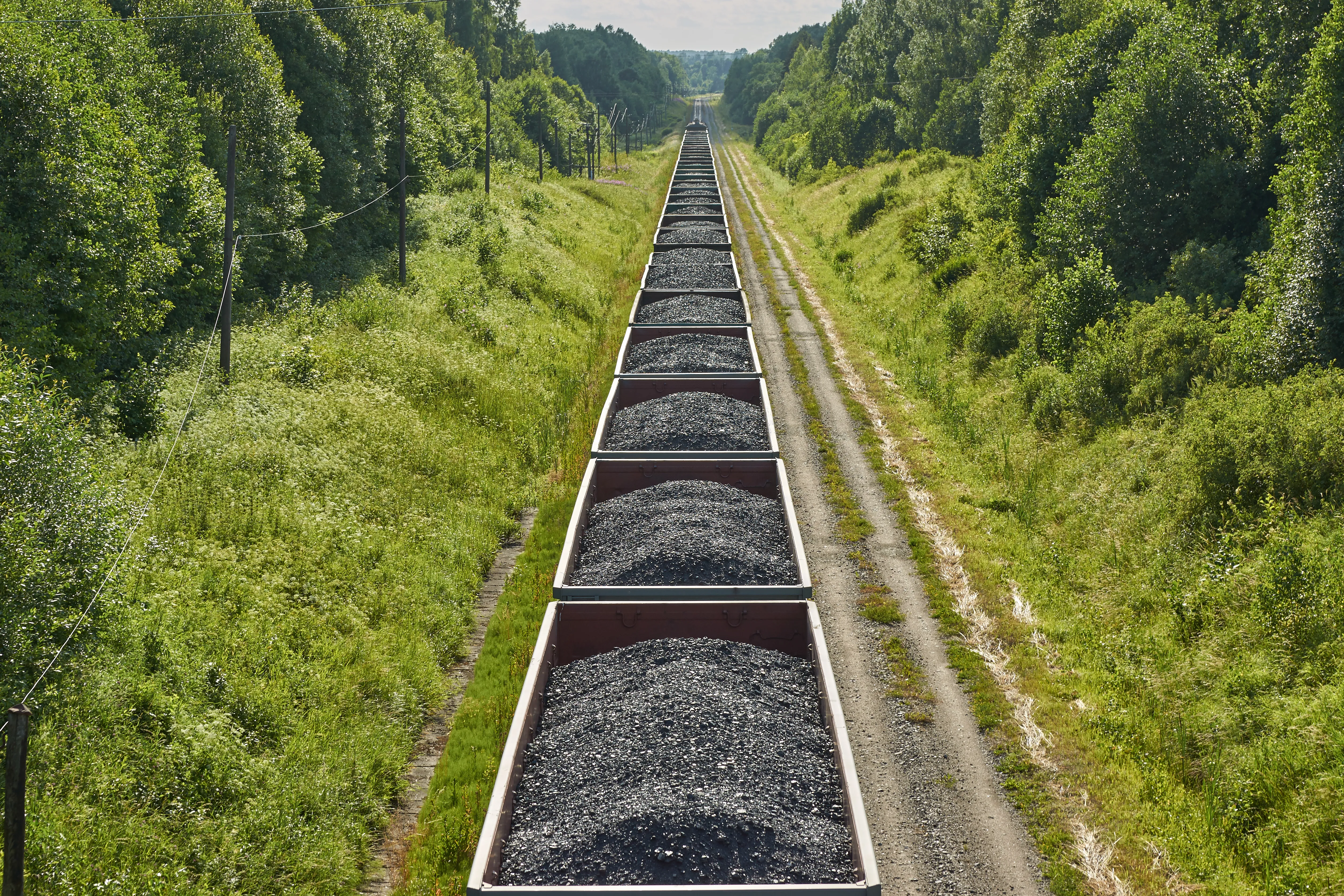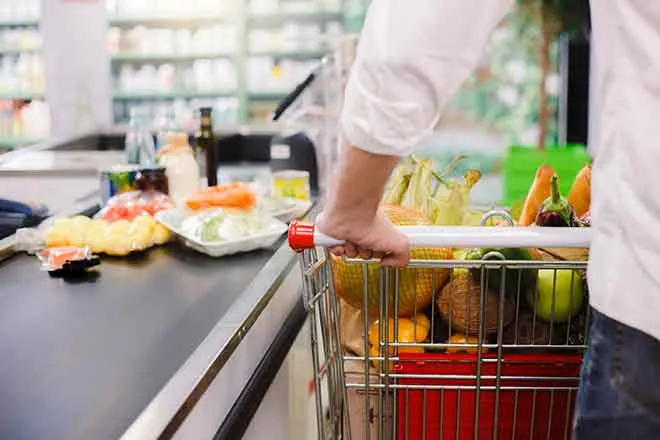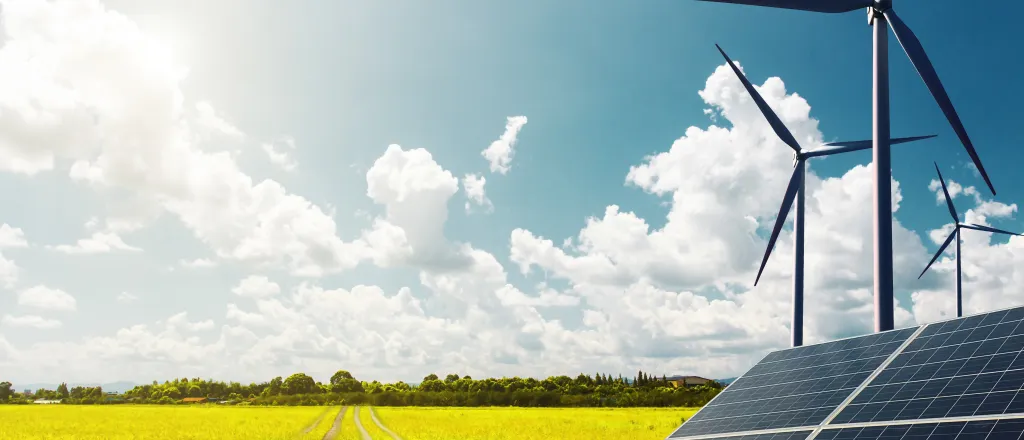
Growing veggies with a side of solar cuts emissions, boosts land access
(Minnesota News Connection) The arrival of fall has farmers transitioning to the harvest season, but what if some gathered their crops with rows of solar panels right alongside them?
Minnesota is part of such emerging projects. The agrivoltaics scene is carving out pathways for utilities and developers to reduce carbon emissions by adding more solar farms, while allowing emerging farmers, who face land-access issues, to grow fruits and vegetables on the same property.
Brian Ross, vice president of renewable energy for the Great Plains Institute, said it is a great example of two worlds working to benefit each other.
"We're all working together to kind of take that example of local food production and try to expand it out. How can we actually put this at scale?" Ross asked. "How can we do it within the context of existing solar-development parameters?"
As they track the effectiveness of smaller projects, Ross noted they need to figure out certain logistics, such as the ideal height of the solar panels. Other partners say irrigation is another puzzle to solve. The Minnesota project involves Connexus Energy, U.S. Solar and Big River Farms. On a solar site just outside the Twin Cities, aspiring farmers are testing adding horticultural vegetation.
Sophia Lenarz-Coy, executive director of The Food Group and Big River Farms, said the pilot initiative can especially help historically disadvantaged farmers.
"Farmers of color, women farmers, folks who have a harder time accessing capital," Lenarz-Coy pointed out. "This is one of the biggest barriers that we see is wanting long-term land access but maybe not having the capital to purchase land."
She added farmers often end up signing leases for property but it makes it harder to grow their operations under short-term contracts. The solar site provides hope in establishing more certainty for producers and the vision they have for their food-growing venture.
Project leaders say another thing they hope to learn is the difference between crops grown underneath and around solar arrays versus crops grown in the open.


